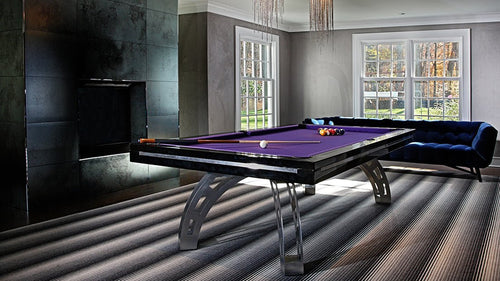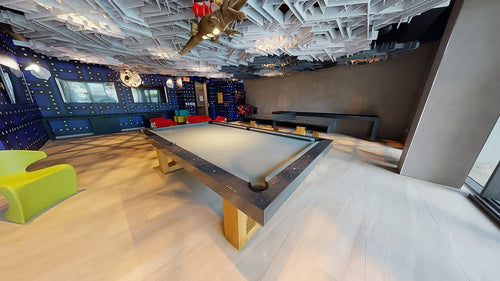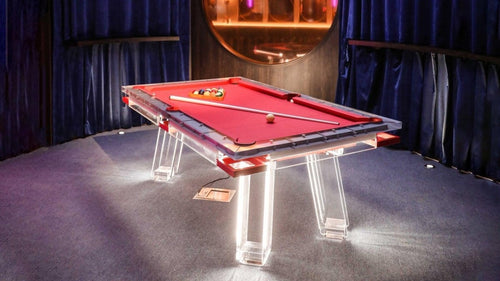Enjoy our modern designs
Estimated Read Time: 6 mins |
Introduction
Ball placement is the bedrock of table tennis tactics. Beyond speed and spin, where you land the ball dictates your opponent’s options—and reveals their weaknesses. By dividing the table into zones and areas, you can target spots that force errors, set up attacking opportunities, and keep your rival on the back foot.
Dividing the Table for Precision
Horizontal Zones
- Net Zone: Ideal for short serves, pushes, and dropshots—bounces twice if left untouched.
- Middle Zone: Risky if hit straight; better aimed to the far forehand or backhand corners.
- Baseline Zone: Perfect for deep forehand, backhand, or “elbow” plays—harder to attack.
Vertical Areas
- Wide Forehand
- Forehand Area
- Backhand Area
- Wide Backhand
- Elbow: The sweet spot between forehand and backhand where stance choice is critical.
Tactical Targeting
- Net Zone: Short serves and pushes here jam opponents at the table.
- Middle Zone: Attack only when you can disguise depth—aim far corners.
- Baseline Zone: Deep wide shots stretch your opponent off the table.
- Elbow: Forces a forehand/backhand decision and a footstep, disrupting rhythm.
The Scattering Angle: Prepare Smartly
Every placement creates a “scattering angle” of possible returns. To cover it:
- Identify the cone of likely return paths.
- Position your racket at the angle’s bisector.
- Watch the ball’s landing, not just its flight, to pivot into the perfect recovery stance.
Integrating Grip, Spin & Rubber Knowledge
- Grip Awareness: Tailor placements to opponents’ preferred wing.
- Special Rubbers: Against long pips, aim deep or no-spin; versus antis, your placement dictates the reverse spin you receive.
- Serve Placement: In doubles, diagonals rule—short to elbow or half-long to wide forehand to limit returns.
Practice Drills
- Short vs. Long: Alternate short net serves with deep baseline loops.
- Scattering Drill: Partner returns from fixed spots; practice bisecting angles.
- Grip & Rubber Simulation: Switch between pips and inverted to exploit spin responses.
Doubles Dynamics
In doubles, placement trumps pace. Use long serves to wide backhand or forehand diagonals. “Repeat” shots lock opponents into predictable patterns. Coordinate with your partner to cover both lanes.
Conclusion
Every millimeter of placement carries tactical weight. By mastering zones, scattering angles, and integrating grip and rubber insights, you’ll not only return the ball—you’ll command the point. Practice these drills, watch your opponent’s stance, and dictate rallies before the first spin even lands.


















